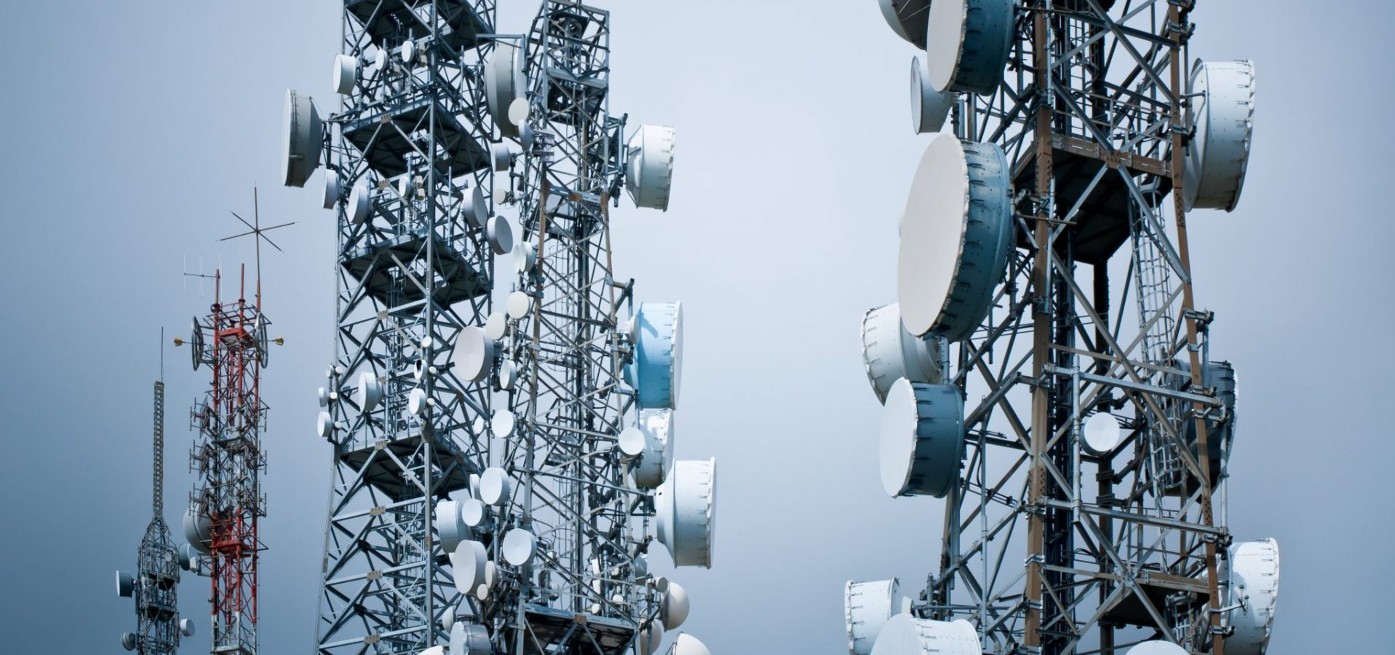
How to Build a GPS Jammer at Your Home
Here’s a step by step guide on how to build your own GPS jammer. Below are the main steps we are going to introduce in

In today’s digital age, where smartphones and wireless devices have become an integral part of our lives, the need for signal jammers has increased significantly. Signal jammers, also known as signal blockers or signal disruptors, are devices designed to block or interfere with various signals, including mobile phone signals, Wi-Fi signals, GPS signals, and more. This article will focus on the functionality and applications of signal jammers, with a particular emphasis on their ability to block different types of signals.
One of the primary functions of signal jammers is to block mobile phone signals. These jammers are capable of blocking all 2G, 3G, 4G, and even 5G signals from the three major mobile network operators in a country. This means that both voice and data services, including internet access, are effectively blocked within the range of the jammer. This feature makes signal jammers an ideal solution for places where the use of mobile phones is prohibited, such as theaters, libraries, and examination halls.
Apart from blocking mobile phone signals, signal jammers have the ability to block various other signals as well. Some of the most common signals that can be blocked by signal jammers include:
Signal jammers can block Wi-Fi signals in the 2.4 GHz frequency band, which is commonly used for WLAN (Wireless Local Area Network) and Bluetooth connections. Additionally, they can also block signals in the 5.8 GHz frequency band, which is another commonly used Wi-Fi frequency.
Signal jammers are capable of blocking signals in the VHF (Very High Frequency) and UHF (Ultra High Frequency) bands. This includes signals used by remote controls operating at frequencies such as 135 MHz and 433 MHz, as well as walkie-talkies operating at frequencies like 410 MHz and 470 MHz.
Signal jammers can effectively block GPS signals used for civilian navigation and positioning. The most commonly blocked frequency is the GPS-L1 frequency at 1500 MHz. By blocking GPS signals, signal jammers can prevent the tracking and monitoring of vehicles or individuals.
Signal jammers can also be customized to block specific frequencies based on the requirements of the user. This includes frequencies such as GPS-L2 (1050-1260 MHz), wireless video transmission frequencies (500-800 MHz), low-frequency remote control frequencies (20-100 MHz), and FM radio frequencies.
Signal jammers are powerful devices that provide an effective solution for blocking unwanted signals. With the ability to block mobile phone signals, Wi-Fi signals, GPS signals, and more, these devices offer a versatile solution for maintaining privacy, security, and order in various environments. Whether it is to prevent unauthorized phone usage or to protect sensitive information from being transmitted, signal jammers have proven to be an invaluable tool in today’s interconnected world.
Our frequency checker tool will help you check all frequency bands used in all country.

Here’s a step by step guide on how to build your own GPS jammer. Below are the main steps we are going to introduce in

In today’s digital age, our lives are more connected than ever before. We rely on our smartphones for communication, entertainment, and information. However, with this

Signal jammers are devices that deliberately transmit signals on the same frequencies as telecommunications and GPS devices, such as mobile phones, GPS trackers, and even

Understanding Signal Blocker: How It Works and Its Applications Signal Blockers are devices that can disrupt mobile phone signals, preventing them from connecting to base

The Application and Benefits of High-Power Signal Jammers Enhancing Signal Blocking Efficiency in Various Environments In today’s technologically advanced world, the need for effective signal

Considerations for Purchasing Exam Room Signal Jammers Ensuring Effective Signal Jamming for Exam Integrity As the year approaches its end, many schools are preparing for

The Importance of Monitoring and Signal Interference Measures During Examinations During examination periods, it is crucial to closely monitor the examination venues and their surrounding

Selecting the Appropriate Cell Phone Jammer for Theaters and Auditoriums Overcoming Challenges in Installation and Maximizing Signal Disruption The Importance of Cell Phone Jamming in

Remote Control of Cell Phone Jammers via Smartphone: A Possibility? With the rapid development of the Internet of Things (IoT), numerous smart home devices have

Supplying high quality signal jamming devices since 2010. The only jammer store you can trust.
Jammer Master © 2024. Premium Signal Jammer Supplier Since 2010.